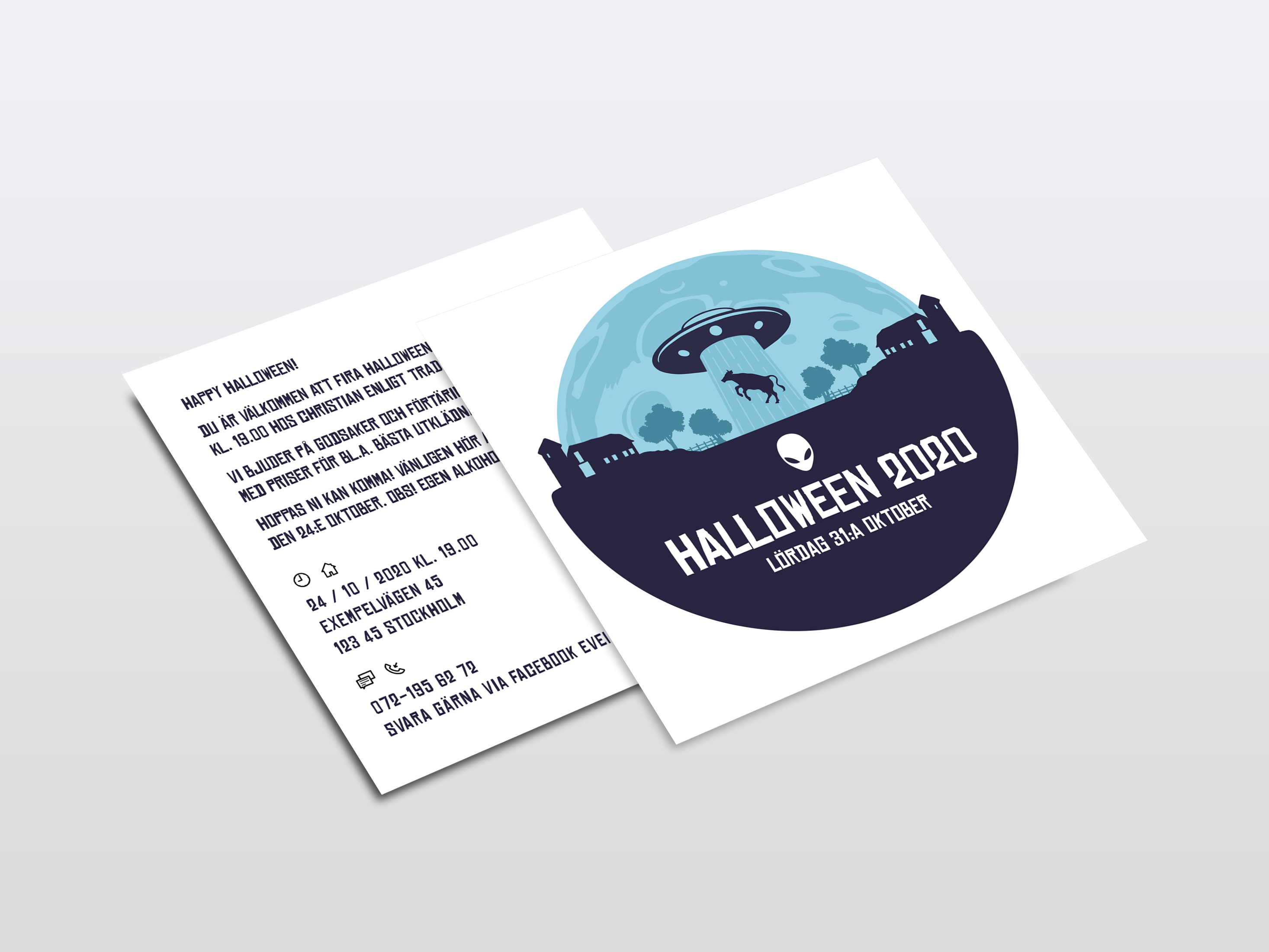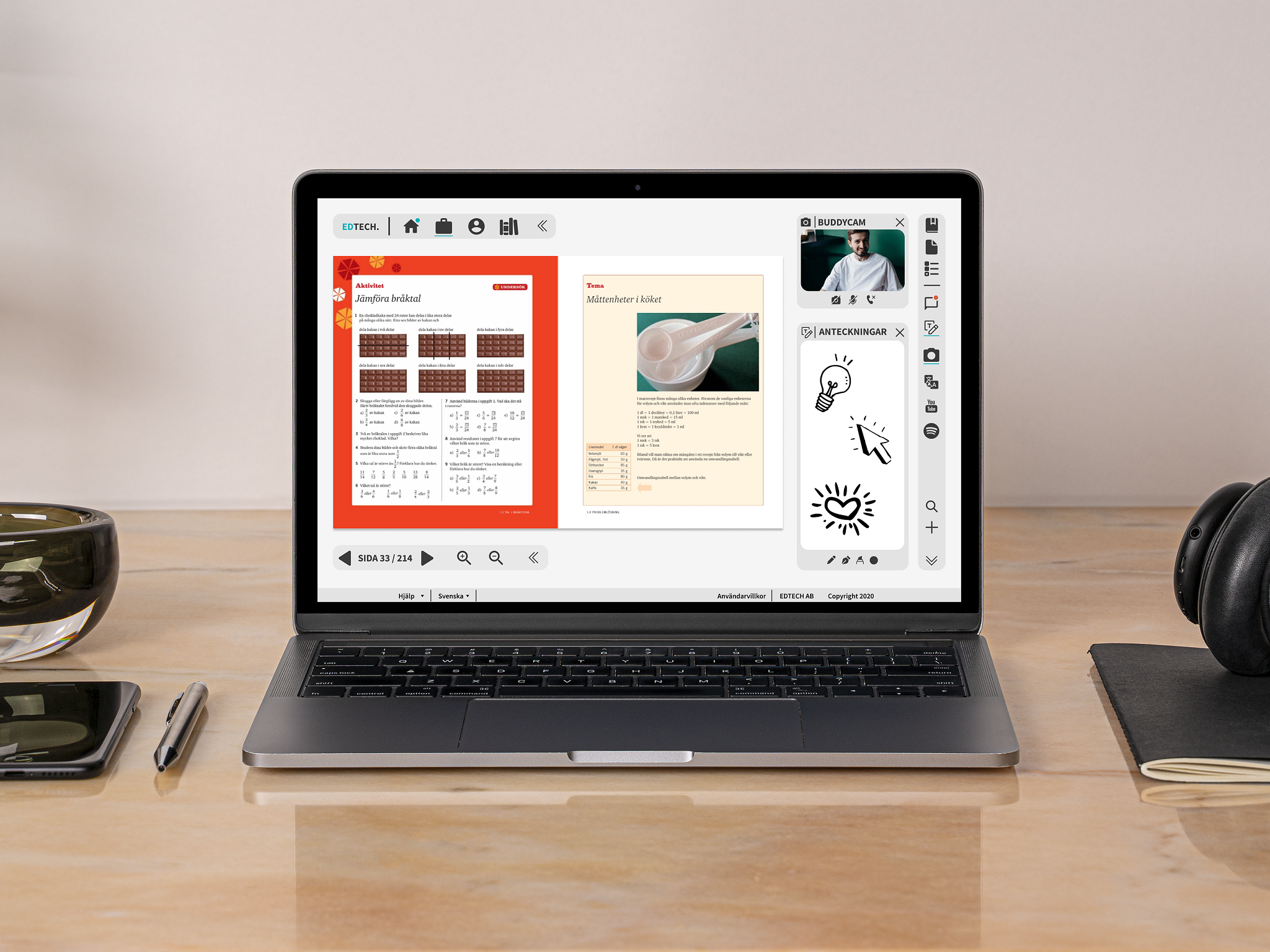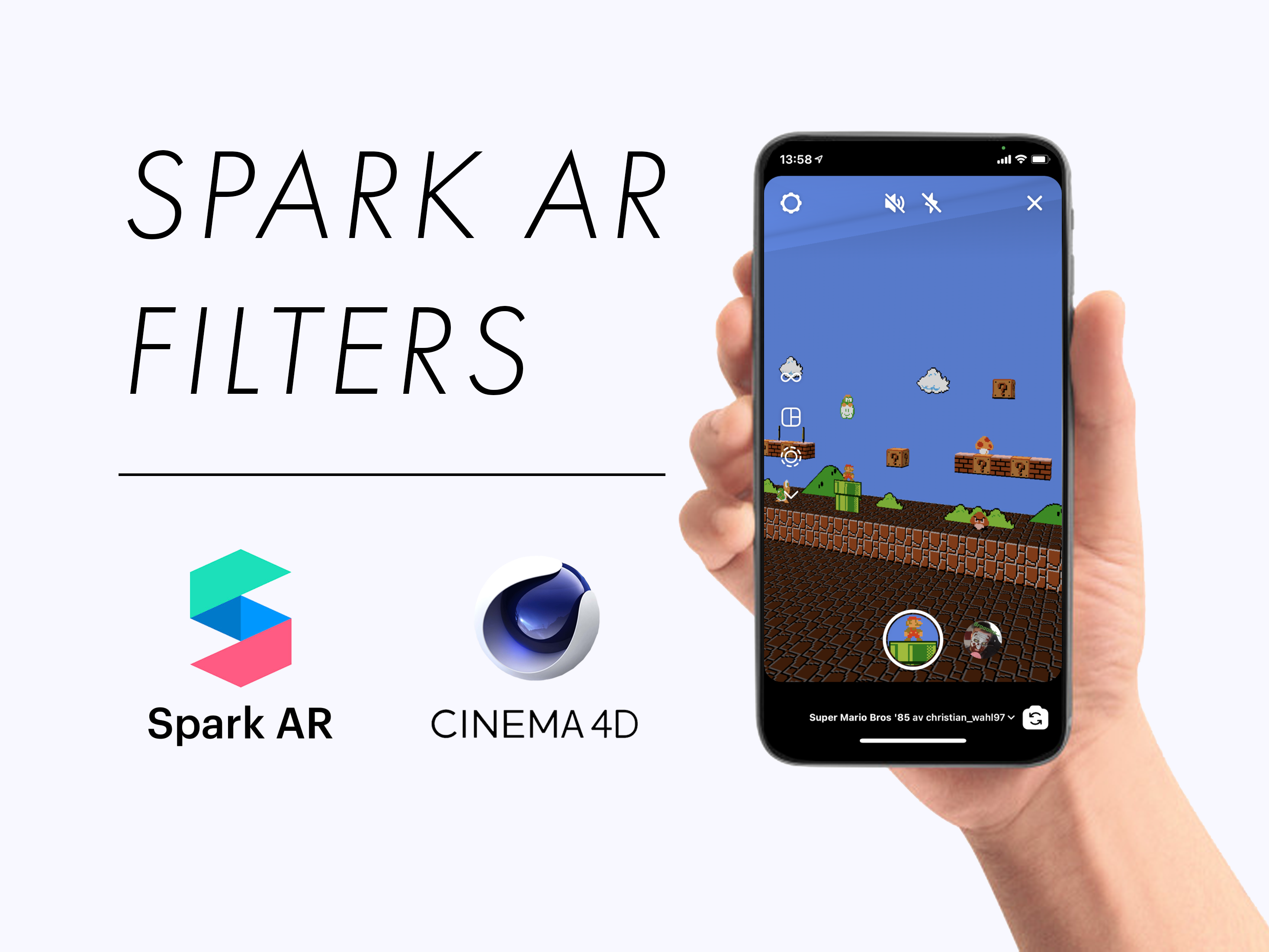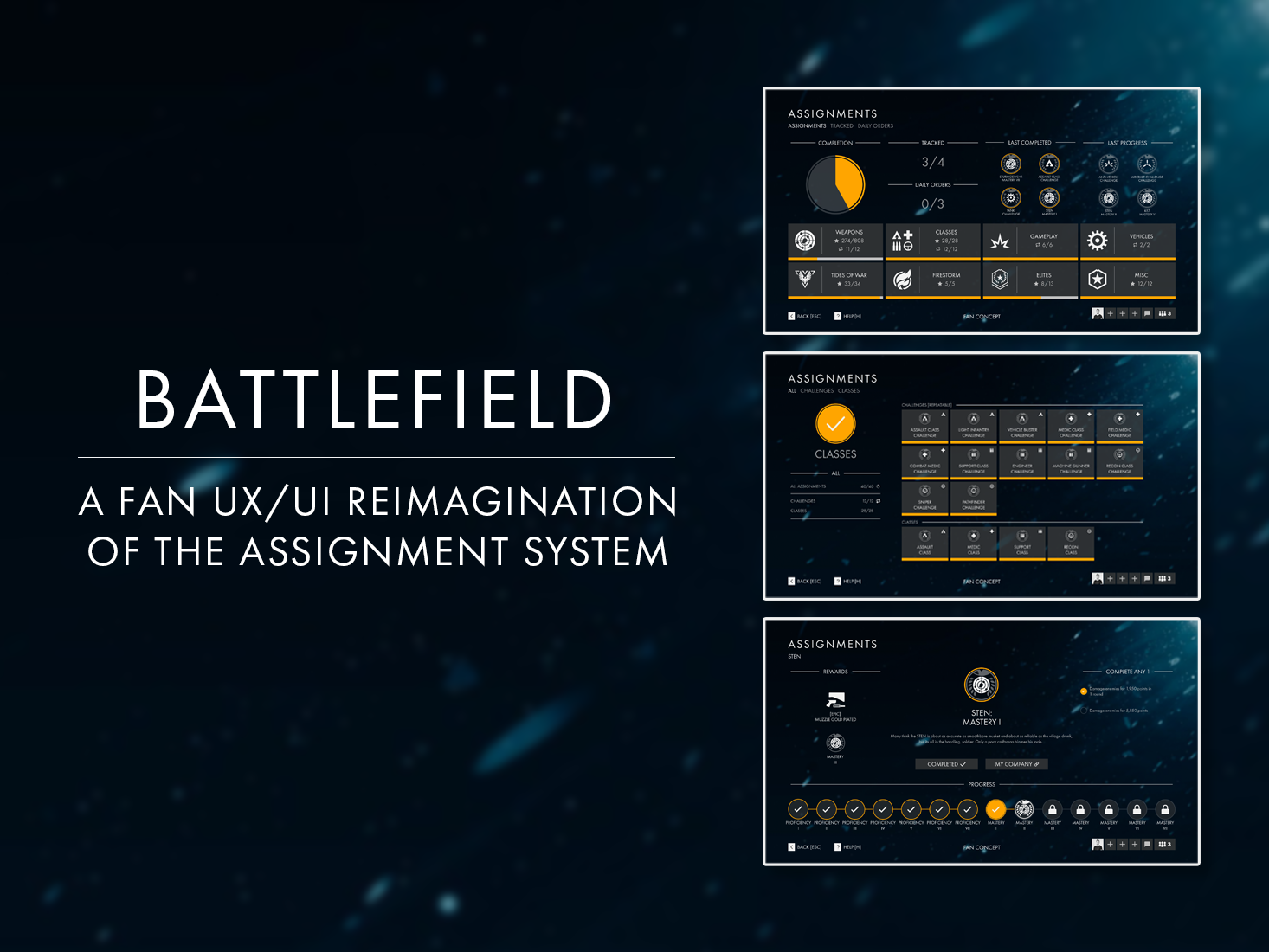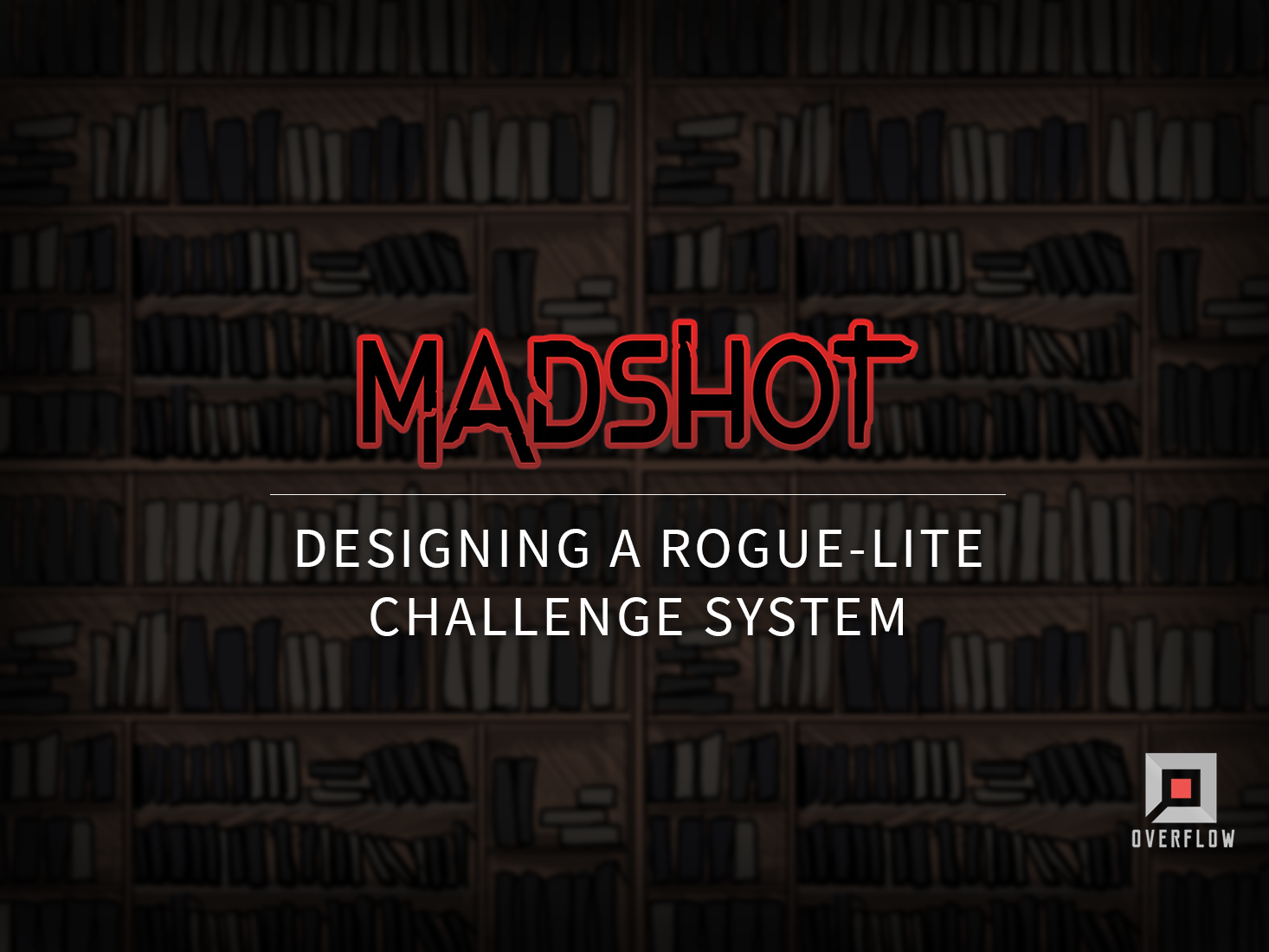A board game about demilitarization
In this 3-week long course at Changemaker Educations, we created a board game to help World Beyond War, a world peace organization, spread its anti-war message through a medium previously unexplored by them.
More to come, World Beyond War has contacted our group and we're in talks to help iterate on the game.
Design process
As part of a cross-functional team of four, my main focus was creating all basic elements for the game, including the board, cards, and player decks - as well as facilitating our workspace.
Iterations
During the 3-week long game design course, we were tasked with something the lecturer called impossible - creating a board game in 3 weeks, something that usually would take a minimum of 3 months.
Being completely new to game design, we went through many ideas for games, whilst also being quite occupied by learning other aspects of game design at the same time.
The following board game you're about to see is in an early stage, made in roughly a week - but hopefully, we get to see it iterated upon soon with World Beyond War.
One of our iterations of the game board, made in Miro
Components
Alongside the game board and player decks, I created an assortment of basic mission cards, resource cards, and tiles in Photoshop.
These components make up our MVP and allow the game to be played in its most basic form.
For future iterations, our goal is to flesh these components out more, for example creating more types of resources than money, and adding facts about demilitarization on the mission cards.
The components I created beside the game board, and player decks
Setup
A representation of a fictional ongoing multiplayer game using only 4 colored mission tiles could look. Mission and military base tiles are placed randomly on the grid.
The players each start in one of the grid's corners, with one of each mission card on their player decks. Resource cards can be drawn when landing on a black square.
Example of a ongoing multiplayer game
Story, objective, and how to play
We created a story to go alongside the game, a clear objective, and some game modes
In this section, I have focused on showcasing memory, our favorite mode.
Photo: Liam Edwards @unsplash.com
Story
The year is 2030 and after years and years of riots and civil unrest, world leaders have begun to realize the importance of investing in good infrastructure instead of war resources.
You as a player steps into the shoes of one of these leaders and you have just been briefed on what other countries have started doing to reach these goals.
You can't allow the others to reach the finish line first!
Photo: Lewis Parssons @unsplash.com
Game Objective
The goal of the game is to complete your missions as fast as possible whilst balancing your resources, these will be critical in the endgame!
All missions need to be completed to make the world a better place, but along the way, you will face different obstacles that you need to find solutions to as you go. ...this involves negotiating with other players!
When someone has managed to complete all their missions and succeed in closing down one military base a winner can be crowned.
The other players can however continue the game if they want, to find out who might take the place on the podium next to the leader of peace and justice.
Photo: Markus Spiske @unsplash.com
Memory game mode
Memory plays in 2-4 multiplayer. All 20 colored tiles and 4 military bases are placed randomly on the board, number-side down, having the players by trial and error find their correct tiles to complete their missions.
Memory is by far our favorite way to play the game since it adds an extra layer, requiring players to spy on their opponents and make quick decisions to beat them to the finish line.
The assignment required us to also make the board game playable in co-op and singleplayer, but due to time restraints, and us being quite occupied studying other elements of game design besides, these modes were never fully completed and need to be iterated upon.
Available on Steam Workshop
Our first version of "World Beyond War - The Boardgame" is available on Steam Workshop through Tabletop Simulator on PC. Below, you'll find all resources you need to get going.
The Steam Workshop
This is a place where users can subscribe to others' creations and share their own.
You can visit our game's page on the Steam Workshop, and add it to your library (PC) for free by clicking the button below.
Tabletop Simulator
Is a tool for creating and playtesting board games in a digital environment.
It can also just as well be used to play a round of your favorite card game with some friends.
Print & Play document
If you prefer the more old-school experience or aren't able to get your hands on the digital version, click the button below to download the Print & Play document.
Rulebook
Click the button below to be able to download the game's rulebook to read up on gameplay mechanics and to get a visualization of how the board is set up.
Final thoughts
Key takeaways
I'm hopeful we'll see World Beyond War iterate on this project and explore its true potential.
I do believe there to be great potential in it especially from an educational standpoint. If a proper narrative is added, teaching players about war and its many ramifications, and a more fleshed-out resource management system, I believe it could really shine and act as a great alternative to traditional means of mediating the great costs of war.
• Attempting to pull off multiplayer, singleplayer and co-op in a one-week design cycle was naive
• Iterating was time-consuming, and usually felt wrong in the moment having to pivot a lot - but in the end, it paid off, going from some questionable designs to something workable
November, 2020
